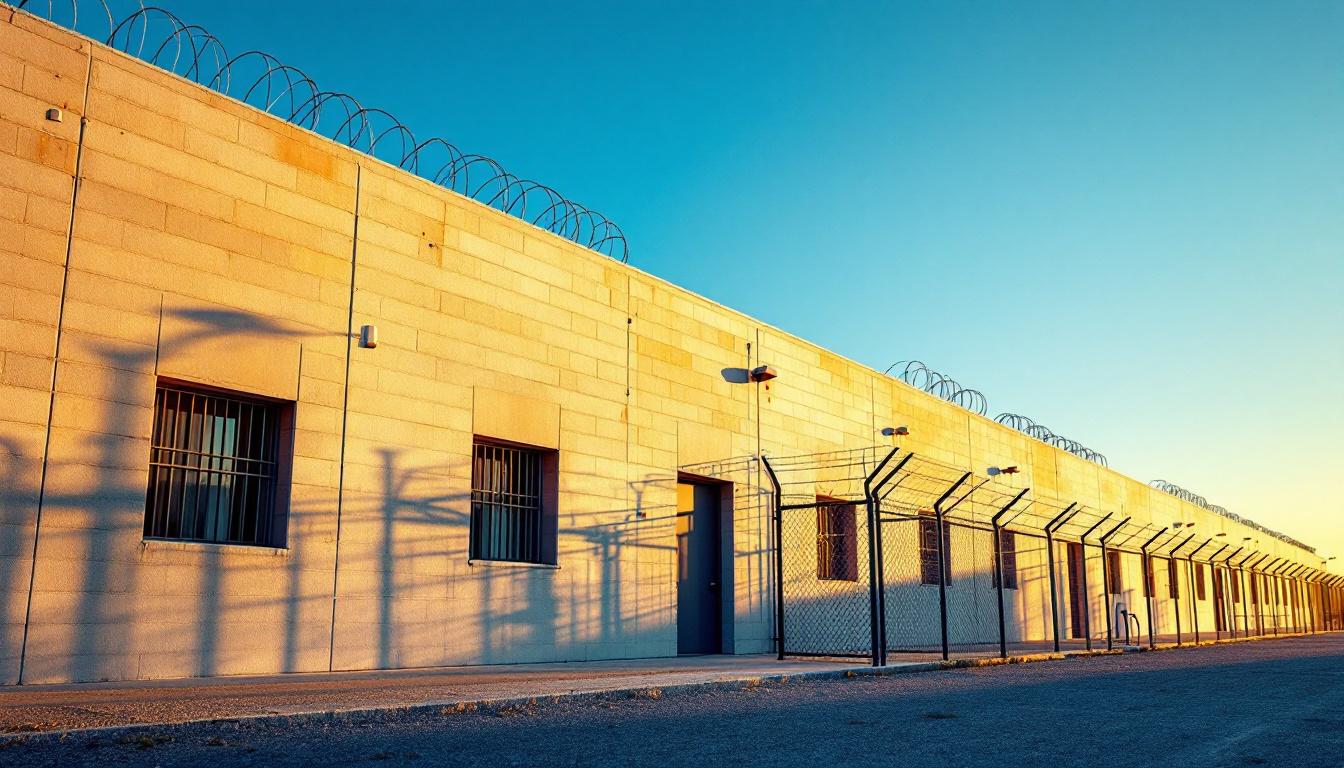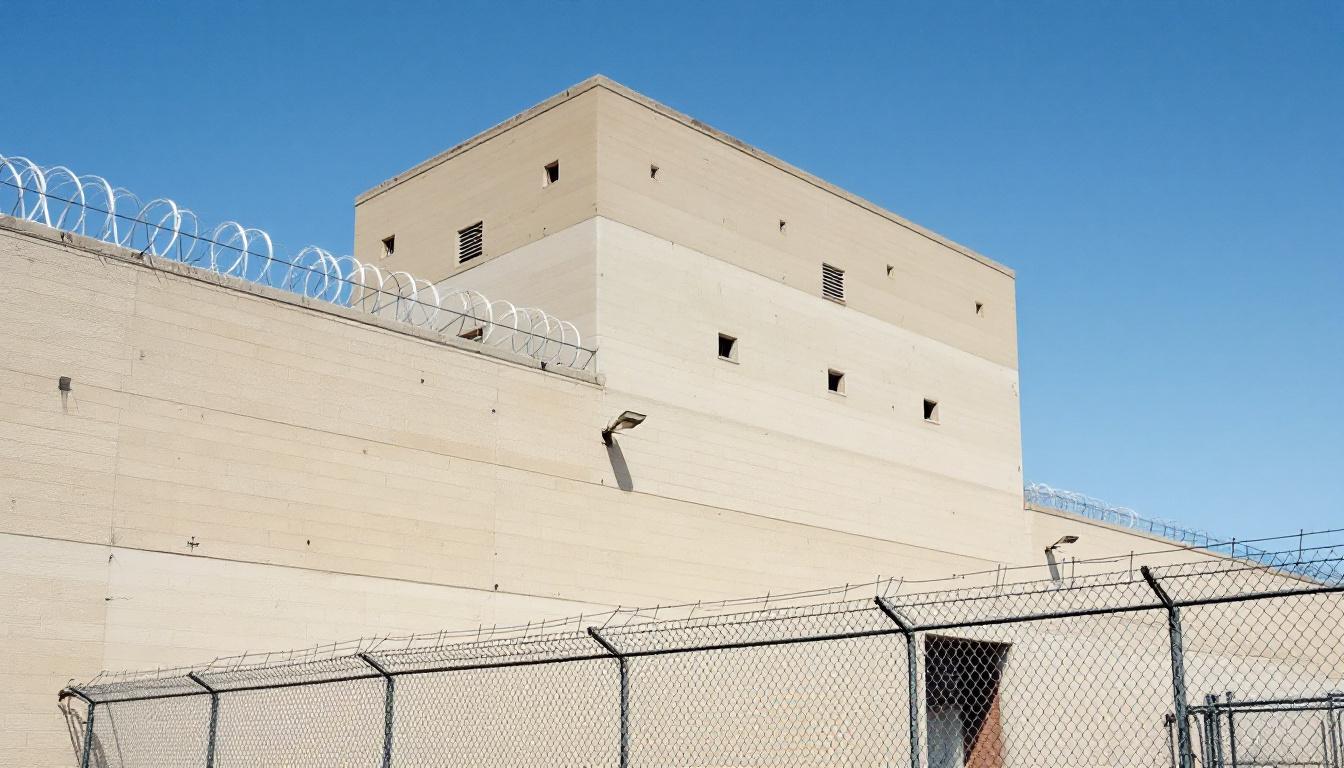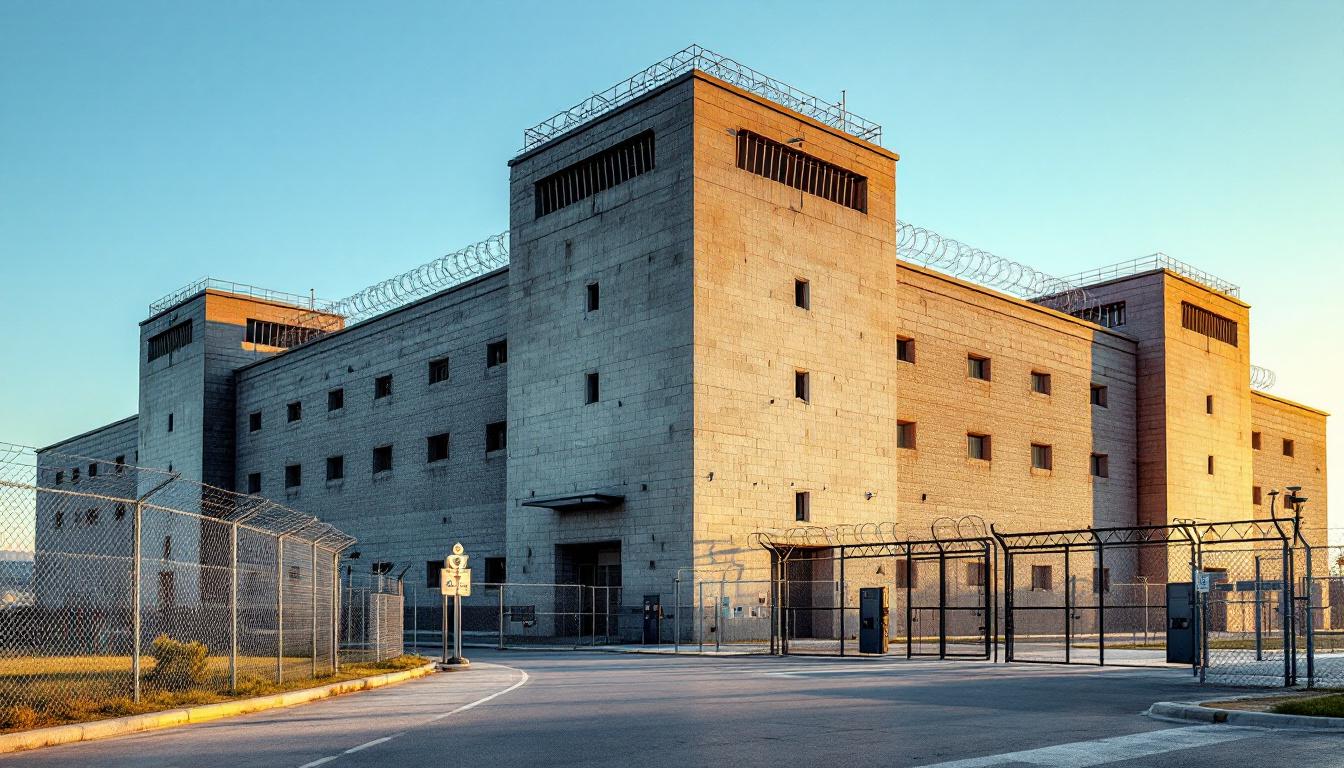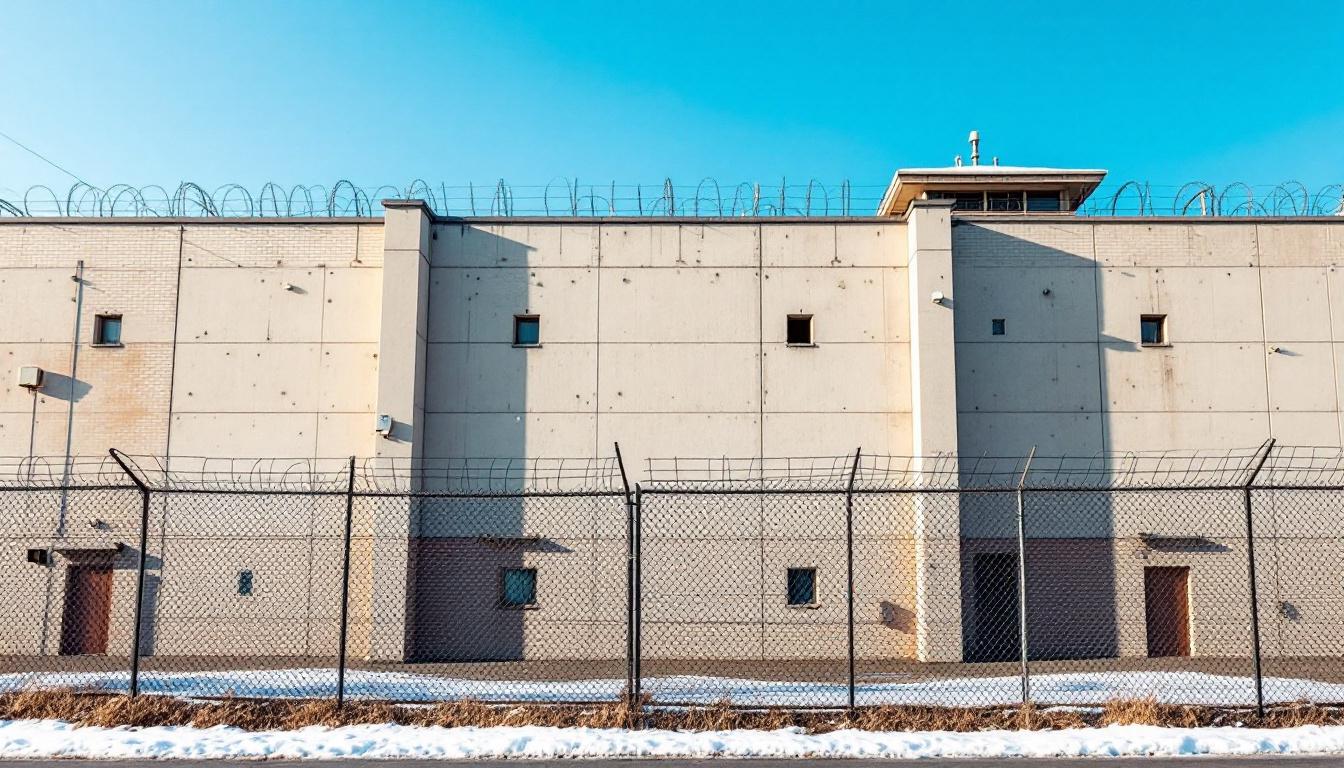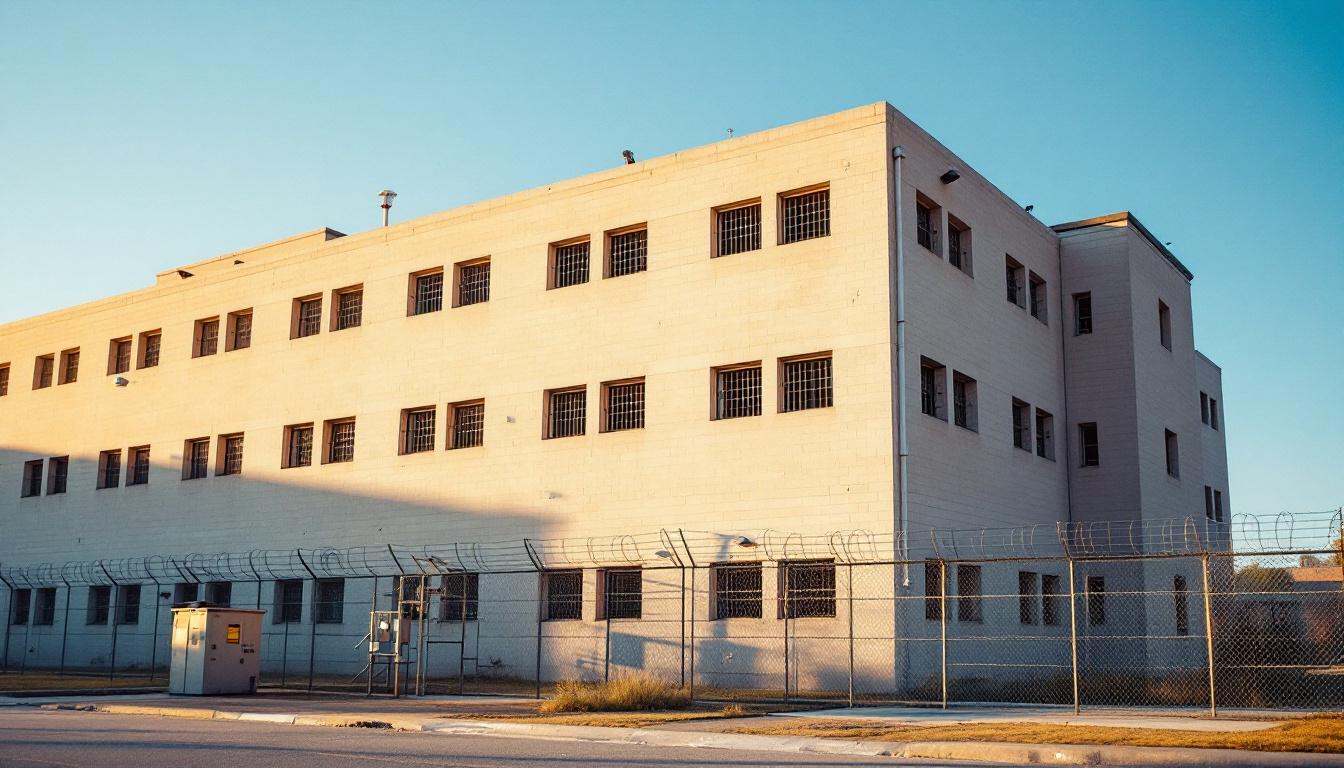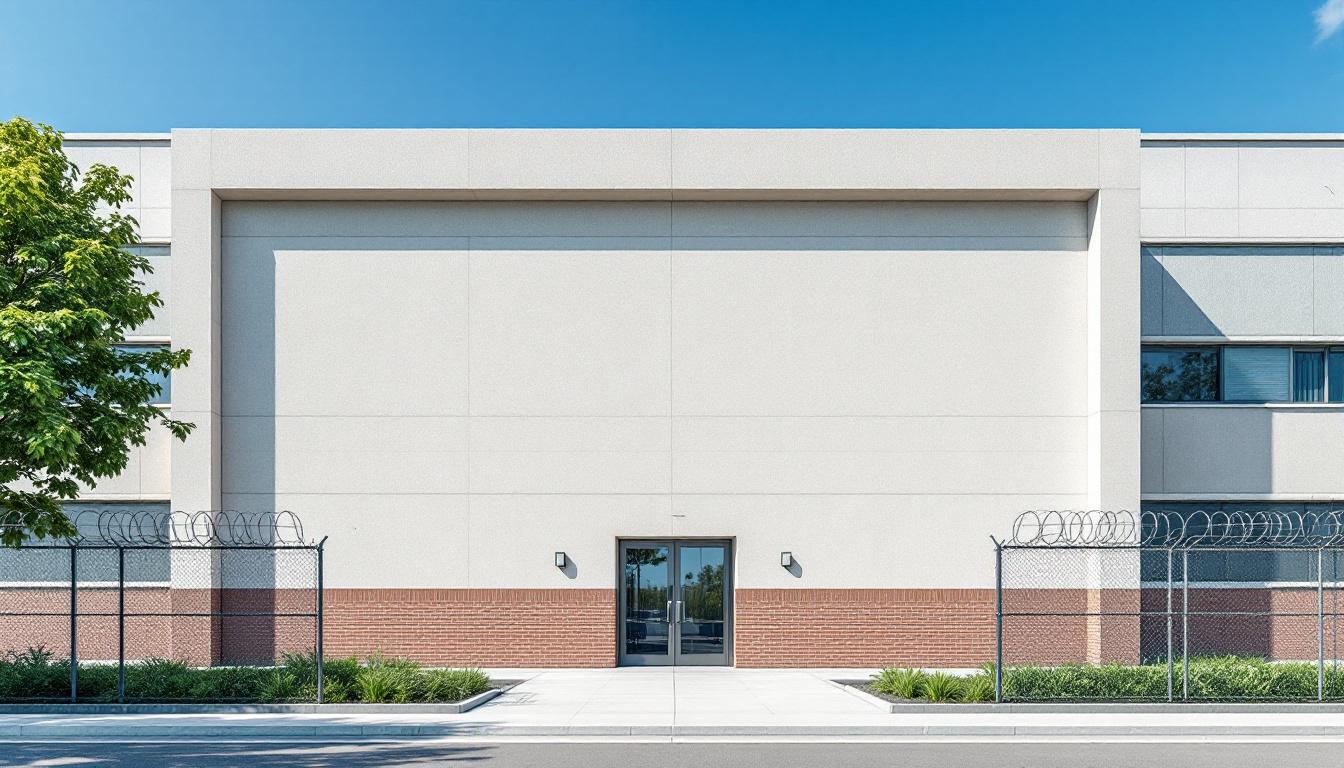
Quick Navigation
How to contact an inmate at Federal Correction Institution
This comprehensive guide will walk you through how to connect with an inmate at Federal Correction Institution. Follow the steps below to find an inmate and send letters and photos:
- Search for the inmate using our search tool below
- Create your account or log in to Penmate
- Write your message (up to 6,000 characters)
- Send instantly - inmates receive printed copies daily
Find an Inmate
Search for an inmate to start communicating today
Tip: You can search by first name, last name, or inmate ID number
To contact a person at Federal Correction Institution start by searching for the person on the facility website. Perform a search by following these steps:
- Step 1: Enter their first name and last name into the search form and click "Search"
- Step 2: Locate their inmate record
- Step 3: Write down their Inmate ID and any housing information provided
Important! Be sure to enter the person's full name. Nicknames should not be used.
How to Send Messages to Inmates

You can use your phone or computer to send emails, letters, and photos to an inmate. Messages are sent electronically to inmate tablets or kiosks at the facility. If you would like to send a message, start by searching for an inmate at Federal Correction Institution.
Sending Photos and Postcards

A great way to send love and support to a loved one at Federal Correction Institution is to send photos and postcards. It only takes a few minutes to send photos from your phone and it makes a huge difference. You can also mail postcards with words of support and inspiration, or design your own postcard for special moments like birthdays and holidays.
Important! Be sure not to send any explicit photos or they may not be approved by the facility. You can also use a photo printing app like Penmate to make sure your photos are printed at the correct size (4x6 or 3x5) and are mailed according to the rules and regulations of Federal Correction Institution.
Frequently asked questions about Federal Correction Institution
-
How long does it take to deliver a message?
If you're sending an email message your letter is usually delivered within 24-48 hours. For messages sent via mail you should expect delivery within 3-7 days. All messages will need be approved by Federal Correction Institution.
-
How much does it cost to send a message to Federal Correction Institution?
You can send a message free using your phone or mail a message via USPS for the price of a $0.60 stamp and envelope. You can also purchase credits or e-stamps from services starting at $1.99.
-
What services can I use to contact an inmate at Federal Correction Institution?
Penmate
You can use Penmate to send letters and photos to an inmate from your phone. It's an easy way to stay in touch during your loved one's incarceration. Use the inmate locator to find an inmate's location and contact information, then you can send messages within a few minutes.
Securus messaging
Securus may be another option for communicating with an inmate at Federal Correction Institution. You can create a friends and family account and purchase credits to send messages. All messages will be reviewed and must be approved by the facility.
JPay
Some county jails and state prisons may support sending messages with JPay. You must register an account with the system, find your loved one, and purchase stamps to send messages. For some locations you can also attach photos.
Smart Jail Mail
You may also check if Smart Jail Mail is available at Federal Correction Institution. Smart Jail Mail is operated by Smart Communications and has contracted with some state and county jails. After purchasing credits, your messages and photos are sent to the facility, printed out, and then handed out to your loved one.
-
What is the mailing address of Federal Correction Institution?
Mailing address:
Federal Correction Institution
501 Gary Hill Rd
Edgefield, SC 29824
Phone: (803) 637-1500 -
What are the visiting hours at Federal Correction Institution?
Visiting hours at Federal Correction Institution vary by housing unit and security level. Generally, visits are scheduled on weekends and holidays, with some facilities offering weekday visits. Contact the facility directly at (803) 637-1500 or check their website for the current visiting schedule. Visits typically last 30-60 minutes and must be scheduled in advance.
-
What items are prohibited when sending mail to Federal Correction Institution?
Prohibited items typically include: cash, personal checks, stamps, stickers, glitter, glue, tape, staples, paperclips, polaroid photos, musical or blank greeting cards, hardcover books, magazines with staples, and any items containing metal or electronics. Only send letters on plain white paper with blue or black ink. Photos must be printed on regular photo paper (no Polaroids). Always check with Federal Correction Institution for their specific mail policies.
-
How do I send money to an inmate at Federal Correction Institution?
You can send money to an inmate at Federal Correction Institution through several methods: 1) Online using JPay, Access Corrections, or the facility's approved vendor, 2) Money orders mailed directly to the facility with the inmate's name and ID number, 3) Kiosks located in the facility lobby, or 4) Over the phone using a credit or debit card. Fees vary by method, typically ranging from $2.95 to $11.95 per transaction.
-
Can I schedule a video visit with an inmate at Federal Correction Institution?
Many facilities now offer video visitation as an alternative to in-person visits. At Federal Correction Institution, video visits may be available through services like Penmate, Securus Video Connect, GTL, or ICSolutions. Video visits typically cost $10-20 for 20-30 minutes and must be scheduled in advance. You'll need a computer or smartphone with a camera and reliable internet connection. Contact the facility for their specific video visitation policies and approved vendors.
-
What identification do I need to visit an inmate at Federal Correction Institution?
All visitors must present valid government-issued photo identification such as a driver's license, state ID, passport, or military ID. Minors must be accompanied by a parent or legal guardian who can provide the minor's birth certificate. Some facilities require visitors to be on the inmate's approved visitation list, which may require a background check. Contact Federal Correction Institution for specific ID requirements and visitor approval procedures.
-
How can I find out an inmate's release date?
To find an inmate's release date at Federal Correction Institution, you can: 1) Use the online inmate search tool if available, 2) Call the facility's records department, 3) Contact the inmate's case manager or counselor, or 4) Have the inmate provide this information during a call or visit. For privacy reasons, some facilities only release this information to immediate family members.
Facility Overview
Contact Information
Federal Correction Institution501 Gary Hill Rd
Edgefield, SC 29824
Phone: (803) 637-1500

About Federal Correction Institution
Nestled within the rural landscape of Edgefield, GA, this federal correctional institution serves as a comprehensive rehabilitation center that emphasizes community integration and educational advancement for its residents. FCI Edgefield, SC operates within the broader framework of the federal correctional system, typically housing individuals who are working toward successful reintegration into society through structured programming and skill development opportunities. The facility's location in Georgia's south region provides residents with access to various community resources and partnerships that may support their transition back into civilian life.
The institution generally maintains a holistic approach to correctional services, focusing on education, vocational training, and personal development programs that address the diverse needs of its resident population. GA correctional facility operations often include academic coursework, job skills training, and behavioral programs designed to reduce recidivism and promote positive life changes. Residents services typically encompass mental health support, substance abuse counseling, and pre-release preparation programs that help individuals develop the tools necessary for successful community reentry. The facility may collaborate with local organizations and educational institutions to provide enhanced learning opportunities and community connections.
Through its comprehensive programming structure, the Edgefield correctional facility emphasizes rehabilitation over punishment, recognizing that effective correctional practices require addressing the underlying factors that contribute to criminal behavior. The institution's approach generally includes individualized case management, where residents work with staff to develop personalized goals and participate in programs tailored to their specific needs and circumstances. This methodology often extends to partnerships with community resources that may provide continued support and services following release, creating a continuum of care that bridges the gap between incarceration and successful community reintegration.
Programs & Services
Educational pathways and skill-building initiatives form the cornerstone of rehabilitation efforts, creating meaningful opportunities for personal growth and successful community reintegration. The facility's comprehensive approach recognizes that sustainable change occurs through structured learning environments that address both academic deficiencies and practical skill development. Residents typically engage in evidence-based programming designed to address underlying factors that may have contributed to their involvement in the justice system.
Academic advancement initiatives may deliver foundational education services through GED preparation courses, adult basic education, and specialized ESL programming for non-native English speakers. These educational opportunities often include individualized learning plans that accommodate varying skill levels and learning styles. Also, vocational training initiatives provide hands-on experience in marketable trades, with residents gaining certifications and practical skills that enhance their employment prospects upon release. The vocational components typically focus on industries with strong job growth potential in the regional economy.
Support-oriented initiatives encompass a broad range of services designed to address personal development and spiritual growth. Faith-based services may offer chaplaincy programs, religious study groups, and volunteer-led worship opportunities that serve residents from diverse religious backgrounds. Also, specialized training in barbering and cosmetology provides both vocational skills and potential entrepreneurial pathways. Peer support groups typically facilitate discussions around addiction recovery, anger management, and life skills development, while work release programs may allow qualifying residents to maintain employment in the community while completing their sentences, creating bridges to successful reintegration.
Daily Life & Visitation

The morning bell signals the start of another carefully orchestrated day, where each hour unfolds according to a predictable pattern that residents can rely on. Today, like every day, the structured schedule delivers consistency that many residents find reassuring after the uncertainty that may have preceded their arrival. Wake-up typically occurs in the early morning hours, followed by count procedures, personal hygiene time, and preparation for the day ahead. Meals are served at regular intervals in the dining hall, where residents gather for breakfast, lunch, and dinner according to housing unit assignments.
Housing accommodations generally consist of dormitory-style living arrangements or smaller housing units, depending on security classification and available space. Residents typically share living spaces with roommates and have access to basic furnishings and storage for approved personal items. The commissary operates on scheduled days, allowing residents to purchase additional food items, hygiene products, and other approved goods to supplement what the facility provides. Also, residents may maintain personal property within established guidelines, creating small personal spaces within their assigned areas.
Work assignments and educational programming deliver additional structure throughout the day, with residents typically participating in facility maintenance, food service, or other institutional jobs. Recreation periods usually include access to outdoor areas, gymnasium facilities, and organized activities that promote physical fitness and social interaction. However, family connections remain vital through scheduled visitation periods and telephone privileges that allow residents to maintain relationships with loved ones. The evening hours often include programming opportunities, educational classes, or personal time before the final count of the day, creating a rhythm that many residents find helps them focus on rehabilitation and planning for their eventual return to the community.
Ready to Connect?
Start communicating with your loved one today
Search for an Inmate

